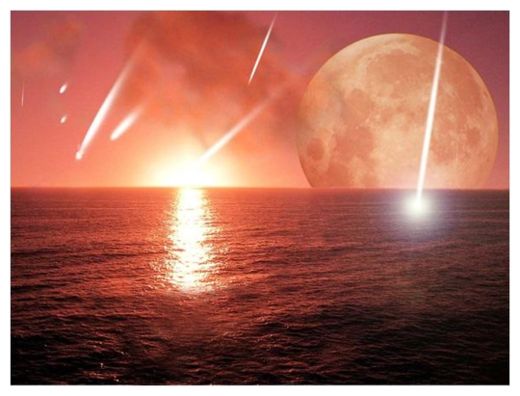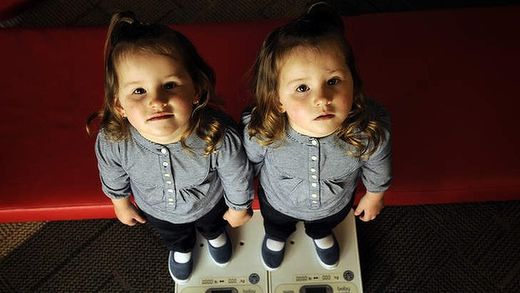
© Texas Tech UniversityMost researchers believe that life originated in deep-sea hydrothermal vents. About 4 billion years ago, Earth was a watery planet; ocean stretched from pole to pole; any life synthesis would be dilated. It needed a protected basin.
It has baffled humans for millennia: how did life begin on planet Earth? Now, new research from a Texas Tech University paleontologist suggests it may have rained from the skies and started in the bowels of hell.
Sankar Chatterjee, Horn Professor of Geosciences and curator of paleontology at The Museum of Texas Tech University believes he has found the answer by connecting theories on chemical evolution with evidence related to our planet's early geology.
"This is bigger than finding any dinosaur," Chatterjee said. "This is what we've all searched for - the Holy Grail of science."
Thanks to regular and heavy comet and meteorite bombardment of Earth's surface during its formative years 4 billion years ago, the large craters left behind not only contained water and the basic chemical building blocks for life, but also became the perfect crucible to concentrate and cook these chemicals to create the first simple organisms.
He will present his findings Oct. 30 during the 125th Anniversary Annual Meeting of the Geological Society of America in Denver.
As well as discovering how ancient animals flew, Chatterjee discovered the Shiva Meteorite Crater, which was created by a 25-mile-wide meteorite that struck off the coast of India. This research concluded this giant meteorite wreaked havoc simultaneously with the Chicxulub meteorite strike near Mexico, finishing the dinosaurs 65 million years ago.
Ironically, Chatterjee's latest research suggests meteorites can be givers of life as well as takers. He said that meteor and comet strikes likely brought the ingredients and created the right conditions for life on our planet. By studying three sites containing the world's oldest fossils, he believes he knows how the first single-celled organisms formed in hydrothermal crater basins.
"When the Earth formed some 4.5 billion years ago, it was a sterile planet inhospitable to living organisms," Chatterjee said. "It was a seething cauldron of erupting volcanoes, raining meteors and hot, noxious gasses. One billion years later, it was a placid, watery planet teeming with microbial life - the ancestors to all living things."


Comment: In light of the recent NSA spying scandal, it's high time people start developing technologies that allow them to at least be aware of who is monitoring their Internet activities.